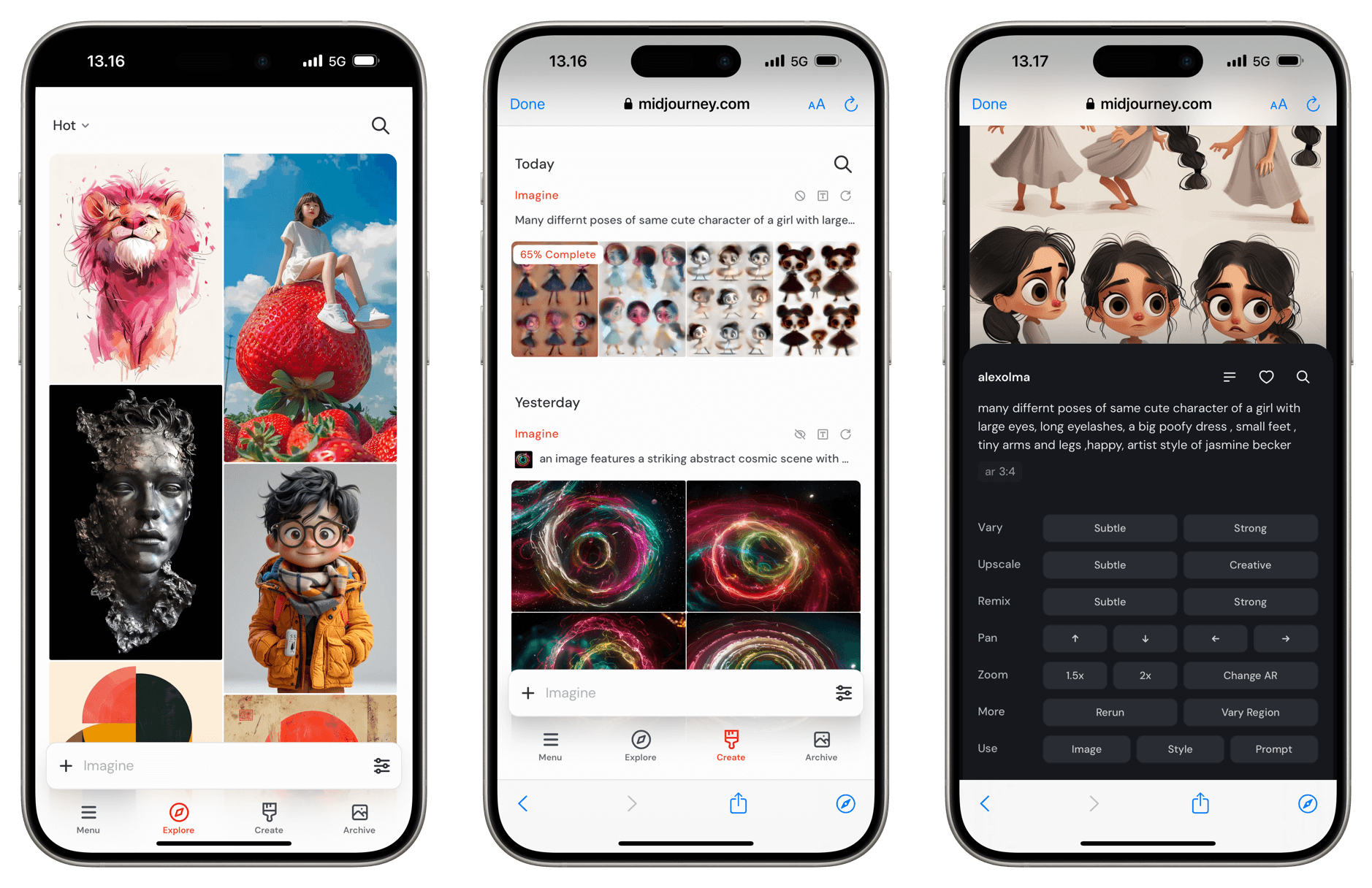Apple klickt den Browser-Back-Button: Progressive Web Apps bleiben auch in der EU
Progressive Web Apps waren Mitte Februar der Aufreger; Anfang März rollte Apple zurück.
Previously, Apple announced plans to remove the Home Screen web apps capability in the EU as part of our efforts to comply with the DMA. The need to remove the capability was informed by the complex security and privacy concerns associated with web apps to support alternative browser engines that would require building a new integration architecture that does not currently exist in iOS.
We have received requests to continue to offer support for Home Screen web apps in iOS, therefore we will continue to offer the existing Home Screen web apps capability in the EU. This support means Home Screen web apps continue to be built directly on WebKit and its security architecture, and align with the security and privacy model for native apps on iOS.
Inzwischen gab’s ganz andere, deutlich größere Kontroversen. Grund genug noch einmal die „Add to Home Screen“-Funktion hervorzuheben.

In nutze als Webanwendung auf meinem Home-Bildschirm etwa alpha.midjourney.com. Dies ist ein Teil der Bestrebung des KI-Kunstdienstes, sich Discord zurückzuziehen.
Und obwohl es nur eine frühe Alpha-Version ist, die obendrein noch keinerlei Web-App-Vorteile nutzt, ist die Benutzung deutlich angenehmer als im Messaging-Monster.
Es gibt Dienste, die schlichtweg keine App-Store-App benötigen. Aus der Perspektive der Nutzenden zählen für mich dazu etwa auch alle Online-Publikationen. Eine zu installierende App bietet hier oft keinen Mehrwert gegenüber einer leserfreundlichen Webseite.
Mini-Anwendungen findet man auch für Spiele, Konverter, Fotobearbeitungen, Foto-Komprimierungstools, Taschenrechner und so viel mehr.
Oder anders: „There‘s an web app for that.“ Es wäre löblich, wenn der „Add to Home Screen“-Button prominenter als nur im Teilen-Menü platziert wäre.